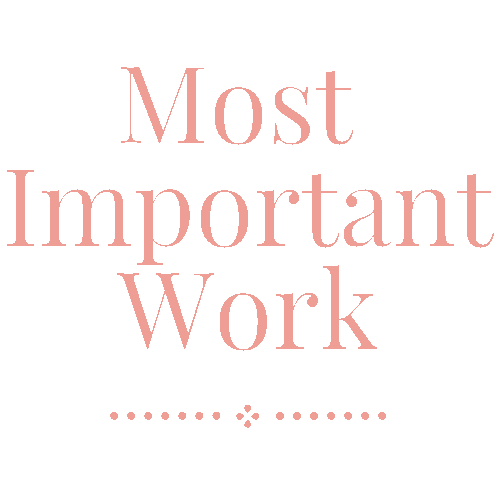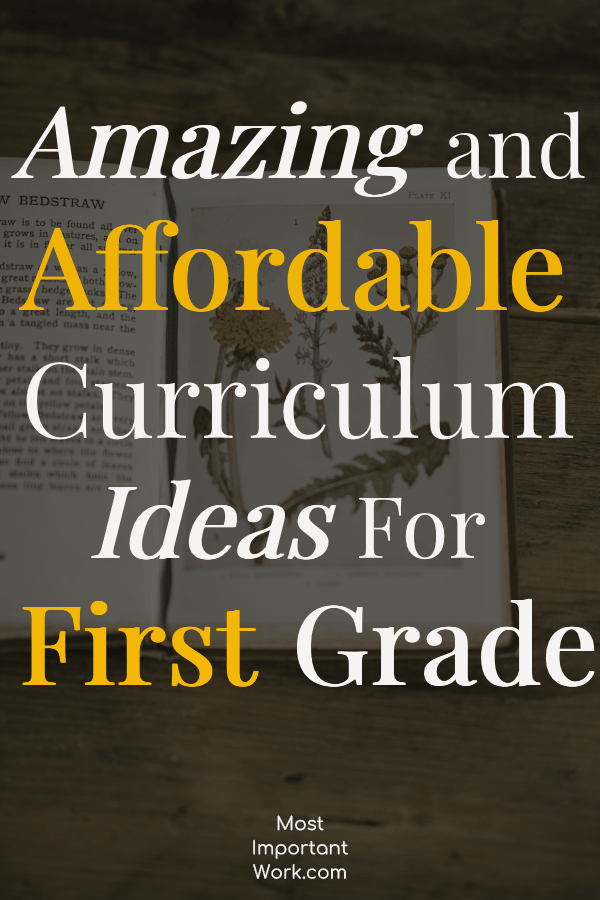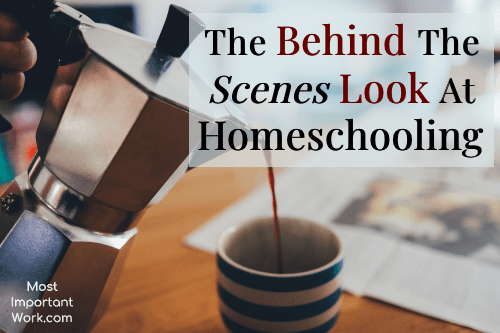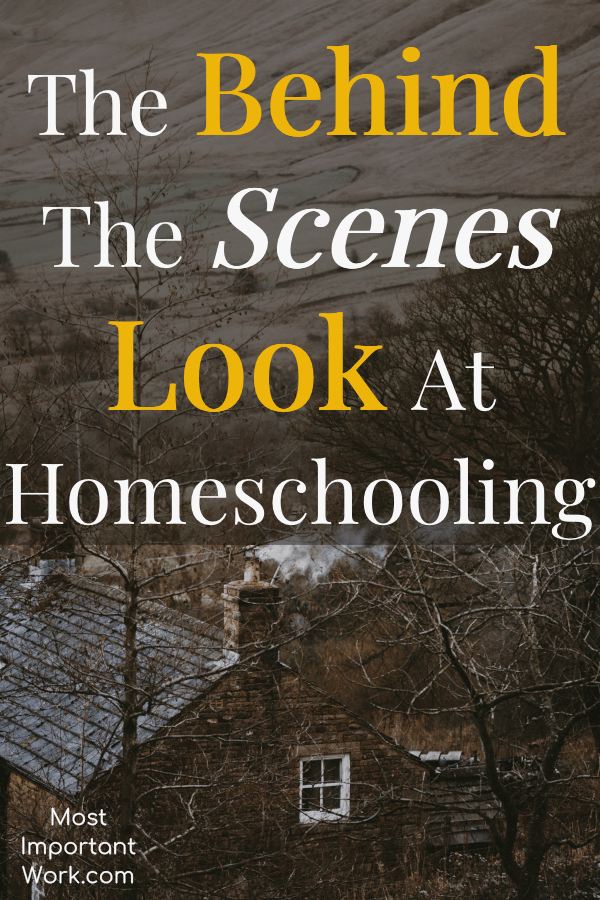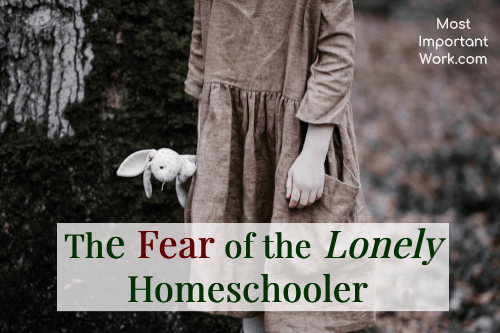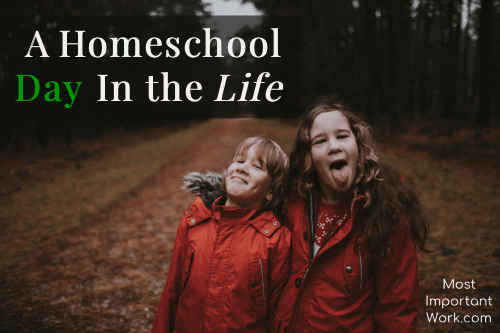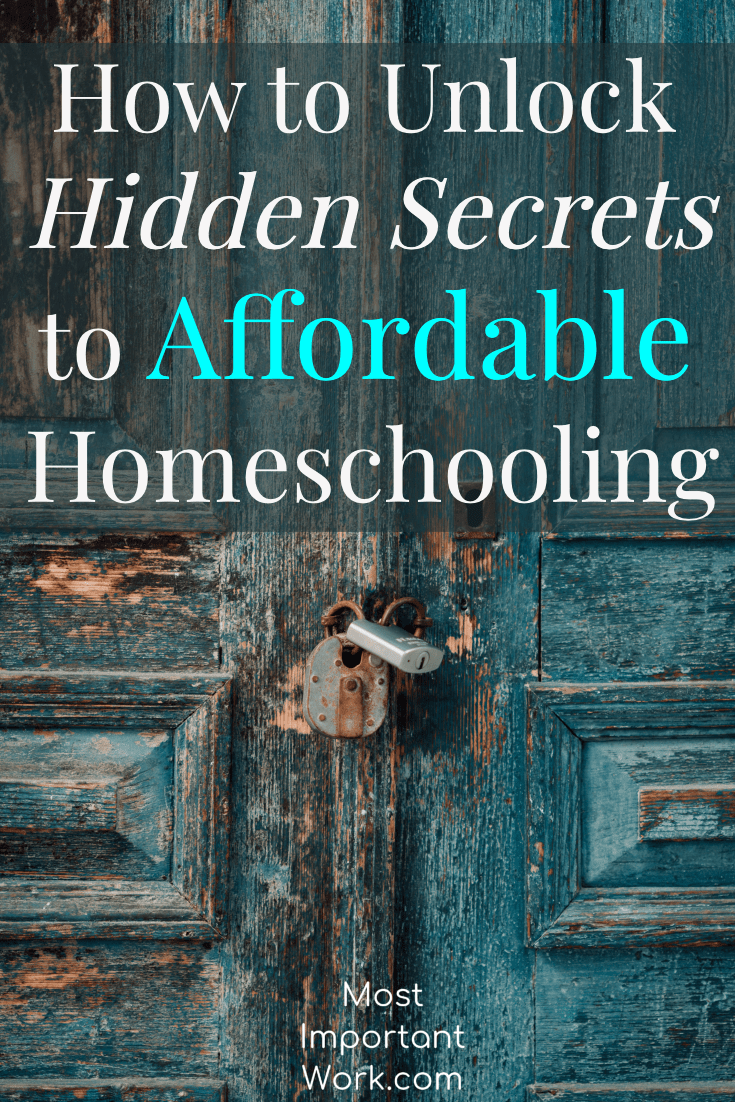
17 Ideas to Celebrate the Last Day of School
Reading Time: 3 min 53 sec
When I first heard about celebrating the end of the school year with a party, I thought it sounded brilliant. I mean who doesn’t want an excuse to eat yummy food, and have fun?! ![]()
However, when the end of the year rolled around, I was neck deep in paperwork, graduation parties, and work projects, so having a party didn’t even make the first ten pages of my to-do list.
Let’s be honest, as homeschooling moms, testing, finishing up curriculum, portfolios, state requirements, teacher evaluations, and spring sports, can fill our waking moments (and dreams) at the end of the school year. With so many different things clamoring for our attention there is a temptation to sprint right past the end of the school year.
As moms, we can spend a lot of time over the years questioning the ramifications of homeschooling. We can indulge in self-doubt and worry that our children are not receiving a good education, that we are enough. We can easily forget in the rush of the end of the year to do’s, the sheer number of challenges we overcame, our many triumphs, the times when deep relationships were forged, and when the light bulbs went on for our kids.
We spend the entire year hiking (sometimes trudging) up the mountain and we have finally reached the summit, and we can get to decide where we go from here.
1. Intentional Celebration
2. All About Relationships
3.17 Party Ideas

1. Intentional Celebration
Celebrating the end of the school year is not about creating a Pinterest worthy party; it is about intentionally being present with our kids .
We live in a culture that celebrates a frantic pace of life and accomplishments. We finish a major project and instead of taking a breather, we immediately jump into planning our next big accomplishment. We are a culture that is constantly fighting to prove our worth and value in what we do. It is demoralizing, exhausting, and unhealthy to constantly be in a state of go, go, go.
Children can teach us a lot about how to move through life. They don’t understand the meaning of the word “hurry“. They move at what seems like a snail’s pace, stopping to ask questions, give extra hugs and kisses, and gather treasures. Children are masters of being present in the moment.
Stopping to celebrate gives your family permission to breathe, to savor, to rest. It allows you to set aside to do lists, exams, doubts, and fears, and spend intentional time laughing, enjoying, playing, remembering, and delighting in your most precious gifts: your family.
We all need time at the top of the mountain. It is good for our soul.
2. All About Relationships
An end of the year party is more than just a fun day out. Its being intentionally present with our children. Its day full of laughter, food, bonding, reminiscing, fun, hugs, and more food.
It can be very meaningful to take the time to ask questions throughout the day. Over a meal, or slurping up ice cream, ask questions like:
What was your biggest challenge this year? What are you the proudest of? What did you enjoy learning about the most? What was your favorite moment?
Take the time to tell them how proud you are of their perseverance. It’s not about mastery or gathering a list of accomplishments, it’s about the journey. It’s about taking the time to celebrate their progress.
For the kid who struggles with math, it is celebrating that they memorized their multiplication tables. For the child who hates history, it’s about acknowledging how hard they worked to understand the ancient civilizations. For some children, it might not even be academic, but relational progress. No matter how big or small, celebrate the ride.
You can do this with fun activities, food, ice cream, more fun, questions, chocolate and by revisiting the year. Spend time looking over their end of the year portfolios, pictures, or mementos, and talk about their favorite experiences.
As a family, give yourself permission to stop and catch your breath, enjoy the view, and to celebrate how far you have traveled.
3. 17 Party Ideas
Today, the focus is on celebrating together. Rejoicing in life together. This party can something informal or as a well-planned strategy. Choose an activity, outing or special food that brings life to your family.

Here Are Some Ideas To Get You Started:
1. Go on a Treasure Hunt
2. Go to a Trampoline Park
3. Explore Downtown or a Fun Area of Your City
4. Indoor Rock Climbing
5. Host a Family Party
6. Revisit Favorite Field Trip Destination
7. Go Camping
8. Try a New Restaurant
9. Visit a Water Park or Pool
10. Host a Family Bowling Tournament
11. Weekend Road Trip
12. Go Horseback riding
13. Participate in a Challenge Course
14. Participate in a Backwards Meal
15. Go to a Movie
16. Hike or Picnic in the Woods
17. Board Game and Snacks Day
Are you wondering HOW do you actually get started homeschooling? Join our community of moms who want to invest in the lives of their children through homeschooling. I also created a 10 Tips to Finding Excellent Curriculum form to help you on your journey.
What about you? What are your favorite ways to celebrate the end of the school year? Leave a comment, and don’t forget to follow Most Important Work on Pinterest!
